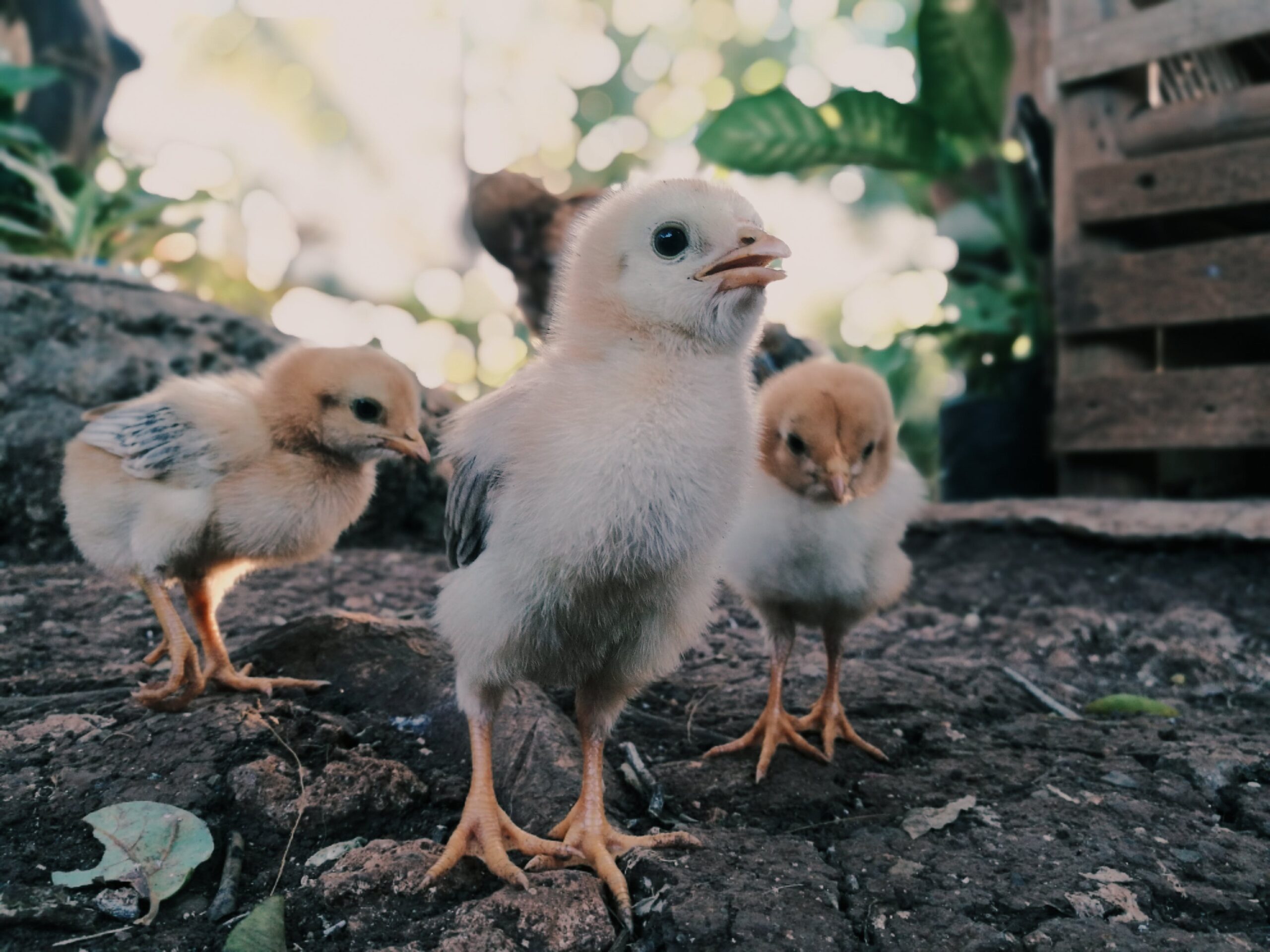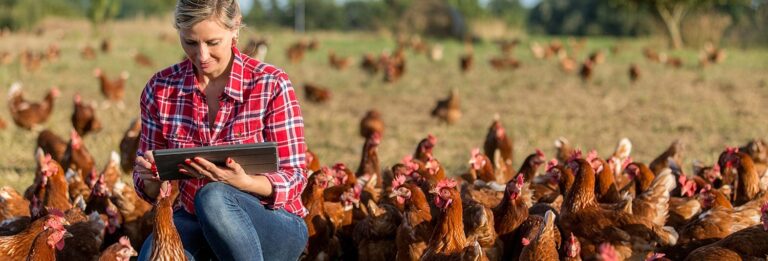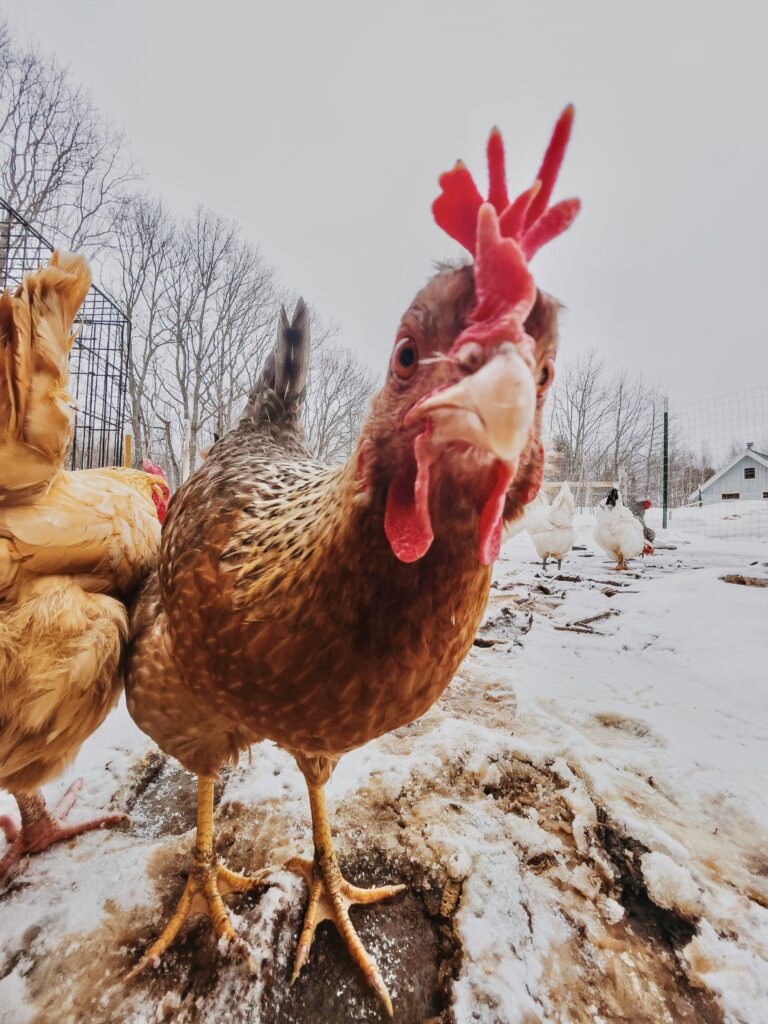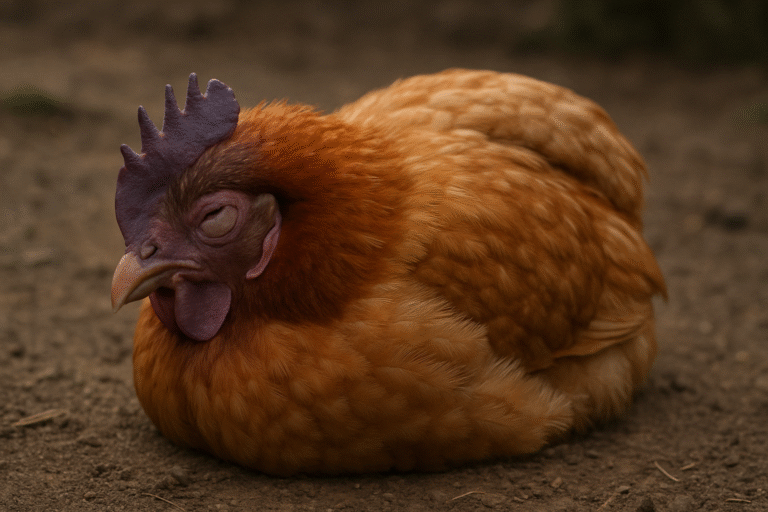Our Best Beginner’s Guide To Raising Healthy Chickens
Raising chickens is one of the most rewarding hobbies you can start—whether you’re looking for fresh eggs,…
Raising chickens is one of the most rewarding hobbies you can start—whether you’re looking for fresh eggs, natural pest control, or simply a charming addition to your backyard. If you’re new to poultry care, don’t worry! This beginner’s guide will walk you through everything you need to know to get started with confidence.

1. Choose the Right Breed
Your chicken-keeping journey begins with choosing the right breeds for your goals. Are you raising hens for eggs, meat, or companionship?
- Egg Layers: Breeds like Leghorns, Rhode Island Reds, and Cinnamon Queens are known for their prolific laying.
- Dual-Purpose: Orpingtons and Plymouth Rocks are great for both eggs and meat.
- Pet-Friendly: Silkies and Cochins are gentle, fluffy, and full of personality—perfect for families and first-time keepers.
 Pro Tip: Check your local climate before choosing! Some breeds handle heat or cold better than others.
Pro Tip: Check your local climate before choosing! Some breeds handle heat or cold better than others.
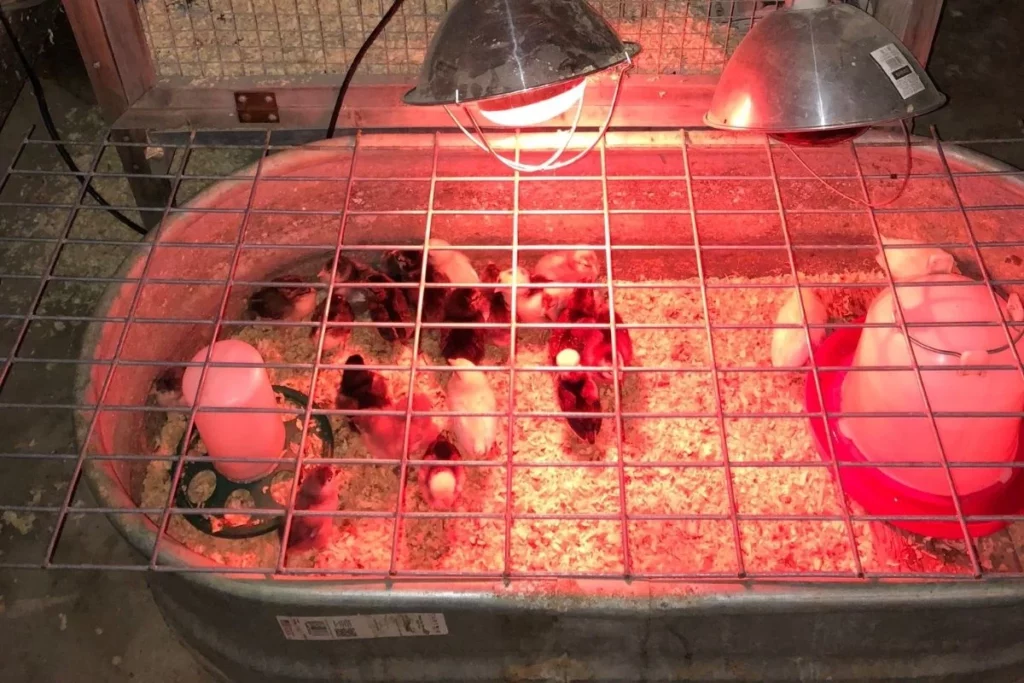
2. Setting Up Your Brooder
If you’re starting with chicks, they’ll need a warm, safe space called a brooder for their first few weeks.
You’ll need:
- A secure box or tub with 1–2 sq. ft. per chick
- A heat lamp or brooder plate (95°F the first week, lowering 5°F each week)
- A reliable thermometer at chick level
- Bedding (pine shavings—not cedar!)
- Feeder and waterer designed for chicks
Keep the brooder dry, draft-free, and clean. Healthy chicks are alert, active, and curious.
3. Moving to the Coop
Once your chicks are fully feathered—usually around 6 to 8 weeks—they’re ready to move outdoors.
When setting up your coop, keep in mind:
- Space: At least 3–4 sq. ft. per bird inside, and 8–10 sq. ft. per bird in the outdoor run.
- Safety: Secure latches and predator-proof wire (½-inch hardware cloth) are essential.
- Comfort: Nesting boxes, perches, and proper ventilation keep hens happy and healthy.
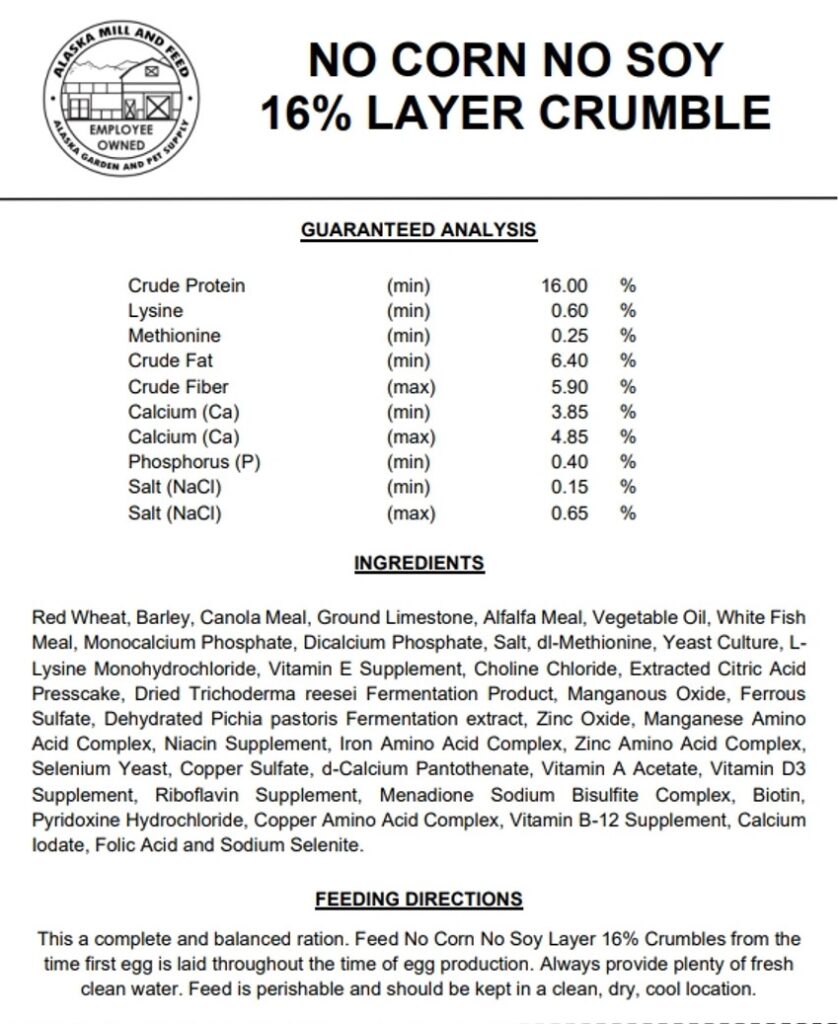
4. Feeding Your Flock
Chickens thrive on a balanced diet of high-quality feed, fresh water, and occasional treats.
- Starter feed: For chicks up to 8 weeks old
- Grower feed: 8–18 weeks
- Layer feed: Once they start laying eggs (around 18–20 weeks)
You can also add grit (for digestion) and oyster shell (for calcium).
 Treats like leafy greens, watermelon, and oats are fine in moderation—but remember, their main diet should still come from formulated feed, which has the correct balance of all the nutrients they needs.
Treats like leafy greens, watermelon, and oats are fine in moderation—but remember, their main diet should still come from formulated feed, which has the correct balance of all the nutrients they needs.
5. Keeping Chickens Healthy
A healthy chicken has a red comb, bright eyes, glossy feathers, and a hearty appetite. Prevent illness by:
- Cleaning the coop weekly
- Keeping feed and water fresh
- Watching for signs of mites or parasites
- Providing dust baths (they love it!)
Regular observation helps you spot problems early—chickens hide sickness well, so pay attention to changes in behavior.
6. The Reward: Fresh Eggs and Feathered Friends
Once your hens start laying (around 5–6 months old), you’ll enjoy the freshest eggs imaginable—often in beautiful shades of brown, white, blue, or green depending on the breed.
Beyond the eggs, you’ll find that chickens each have their own unique personality. They’ll follow you around the yard, “chat” with you, and bring joy to your mornings.
Final Thoughts
Raising chickens is simpler than it seems—you just need the right information, a little routine, and a lot of love. Whether you live on a farm or have a small backyard, these feathered friends can fit beautifully into your lifestyle.
At Purely Poultry LTD, we’re here to make your chicken-keeping journey easy and enjoyable from day one. Explore our selection of high-quality breeds, hatching eggs, and supplies to start building your dream flock today!

